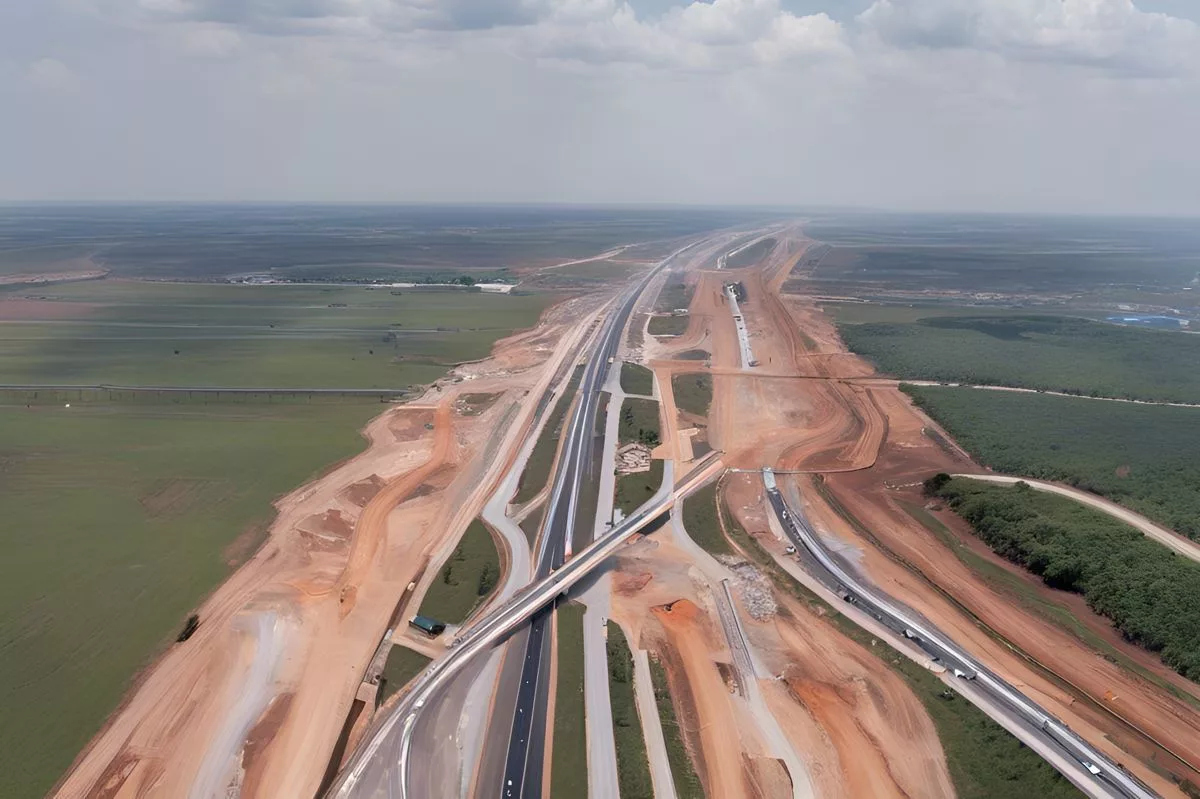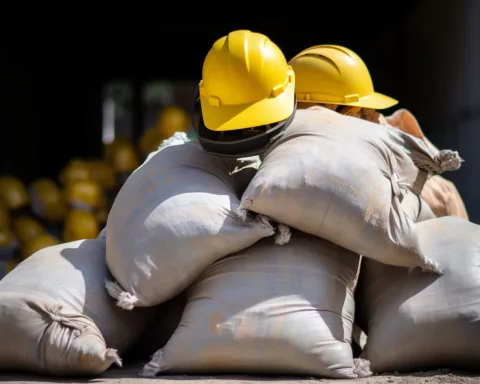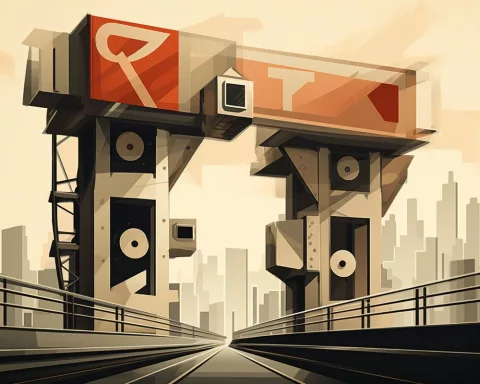Gauteng, a province in South Africa, has been plagued by sinkholes that have caused traffic disruptions and tarnished the area’s visual appeal. A collaborative venture between construction and engineering groups Raubex and Esor has been awarded the tender to manage the sinkholes, with repair work projected to be completed by August 2024. Technical expertise and rigorous planning are crucial for the success of the project as construction activities will occur outside of peak traffic hours, and repairing dolomitic sinkholes is a complex process.
How are Gauteng’s sinkholes being managed?
The sinkholes in Gauteng are being managed by a collaborative venture between Raubex and Esor, who secured the tender for R144.24 million. The repair project, steered by SANRAL, is projected to last 9 months, with repair work anticipated to be completed by August 2024. Construction activities will occur outside of peak traffic hours, and technical expertise and rigorous planning are essential for successful project execution.
Gauteng’s Growing Sinkhole Situation
Gauteng, a province famous for its urban sprawl and vibrant energy, has lately found itself in the spotlight for a far less appealing reason. The province has been suffering from the damaging effects of sinkholes. These blemishes on the landscape, caused by the dissolution of soluble rocks, have been disrupting the R21 highway since February 2022. The sinkholes have led to lane closures, triggering inevitable traffic congestion typical of any blockage on a well-travelled route.
In the heart of Gauteng’s development and growth, these sinkholes have become an unsightly disruption. Their emergence has not only tarnished the visual appeal of the region but has also caused significant interruptions in daily commuting. This geological phenomenon, which has been progressively causing havoc for the past two years, has necessitated a robust strategy and action plan to mitigate its effects.
Entrusted Experts and Strategic Management
The task of managing these sinkholes was won by a collaborative venture that includes the well-respected construction and engineering group Raubex, listed on JSE, and the former JSE-listed civil engineering and geotechnical construction entity Esor. This combined force secured the tender, valued at R144.24 million. The contract was awarded in the forward month of October 2023 by the South African National Roads Agency (SANRAL).
Vusi Mona, the spokesperson for SANRAL, is steering this repair project, which is projected to last nine months, inclusive of a one-month site mobilisation period. Based on this timeline, the sinkhole repair work is anticipated to be completed by August 2024. However, road users should prepare for potential delays and disruptions throughout the project. The repair work may necessitate lane reductions or closures to facilitate the project’s execution.
Balancing Traffic Flow and Construction Work
Efforts will be made to alleviate the impact on traffic. Construction activities will be strategically planned to occur outside of peak traffic hours, specifically from 19:00 to 05:00. This approach aims to minimize disruption to the daily commute. However, the introduction of night-time construction adds an additional layer of complexity to an already intricate endeavor.
Repairing dolomitic sinkholes, as explained by Mona, is a complex process. The sinkholes’ position within Gauteng, coupled with the difficulty of limited access due to power lines crossing the R21 stretch, further intensifies the complexity of the repair work.
Technical Expertise and Rigorous Planning
Jones & Wagener, a specialist geotechnical engineering firm, was engaged to carry out comprehensive percussion drilling. The objective of this operation was to examine the poor dolomitic conditions that contributed to the sinkholes’ formation. Following this, a detailed and formal design process was employed to interpret the results and formulate an action plan.
SANRAL, as a state-owned agency, operates under the strict supervision of the National Treasury. This oversight extends to all procurement processes and due diligence, necessitating a solution that is both technically sound and cost-effective. This meticulous approach ultimately culminated in the selection of the Raubex Esor collaborative venture to rectify the sinkhole issue.
As the sinkhole situation in Gauteng continues to evolve, one mantra remains clear: successful project execution depends largely on the blend of technical skill, strategic planning, and precise execution. Despite the potential challenges and setbacks on the journey to completion, the combined efforts of all parties involved signify a steadfast commitment to restoring the R21’s integrity. Ultimately, this will ensure the smooth flow of Gauteng’s dynamic daily life, a testament to the resilience and adaptability of this vibrant province.
1. How are Gauteng’s sinkholes being managed?
The sinkholes in Gauteng are being managed by construction and engineering groups Raubex and Esor, who secured the tender for R144.24 million. The repair project, steered by SANRAL, is projected to last 9 months, with repair work anticipated to be completed by August 2024. Technical expertise and rigorous planning are essential for successful project execution.
2. What is causing the sinkholes in Gauteng?
The sinkholes in Gauteng are caused by the dissolution of soluble rocks.
3. Who won the tender for managing Gauteng’s sinkholes?
The task of managing Gauteng’s sinkholes was won by a collaborative venture that includes construction and engineering group Raubex and former civil engineering and geotechnical construction entity Esor.
4. How will construction activities impact traffic flow?
Construction activities will occur outside of peak traffic hours, specifically from 19:00 to 05:00, to minimize disruption to the daily commute. However, the introduction of night-time construction adds an additional layer of complexity to an already intricate endeavor.
5. What is the process for repairing dolomitic sinkholes?
Repairing dolomitic sinkholes is a complex process that involves comprehensive percussion drilling to examine the poor dolomitic conditions contributing to the sinkhole’s formation. A detailed and formal design process is then employed to interpret the results and formulate an action plan.
6. What factors contribute to the complexity of repairing Gauteng’s sinkholes?
The sinkholes’ position within Gauteng, coupled with the difficulty of limited access due to power lines crossing the R21 stretch, intensifies the complexity of the repair work. Meticulous planning and technical expertise are critical for successful project execution.












